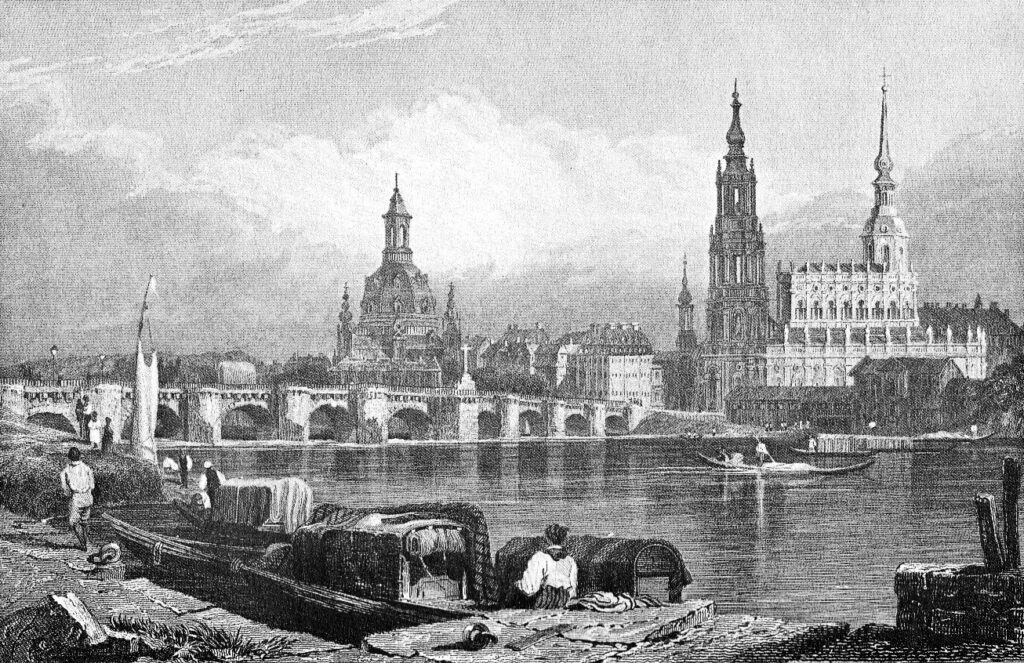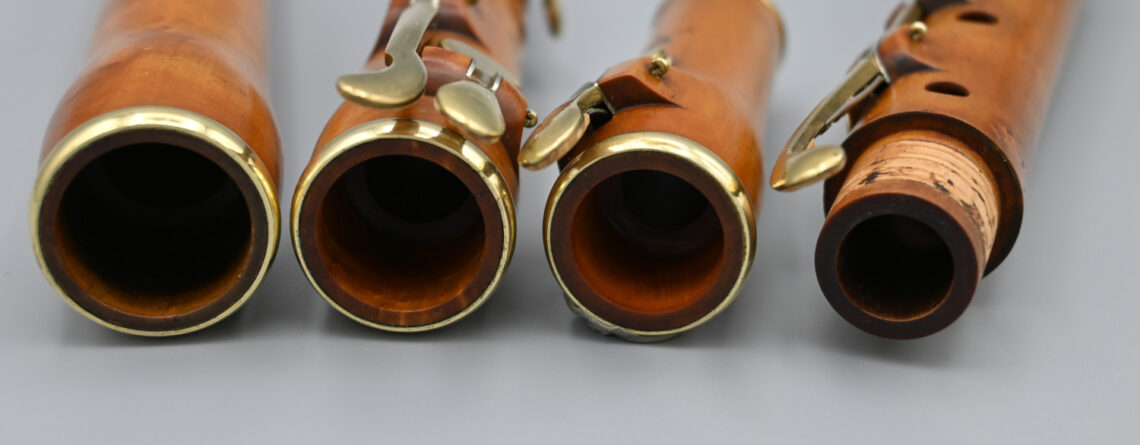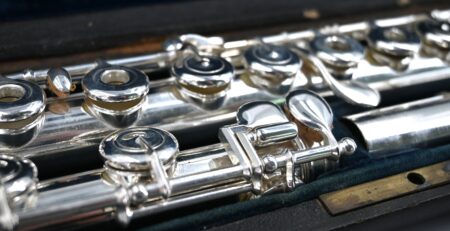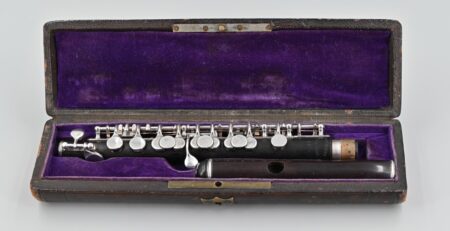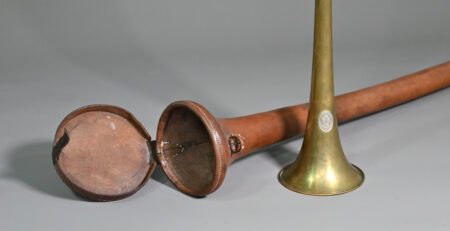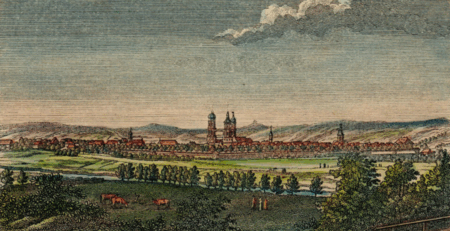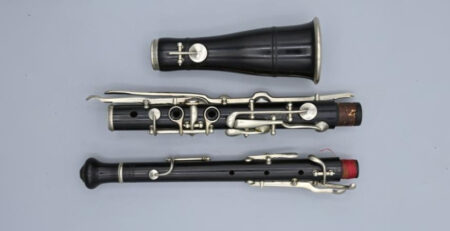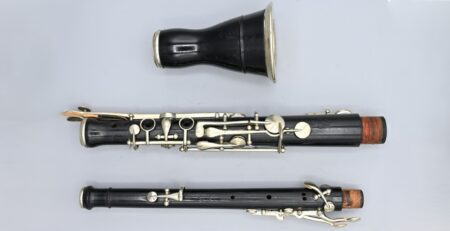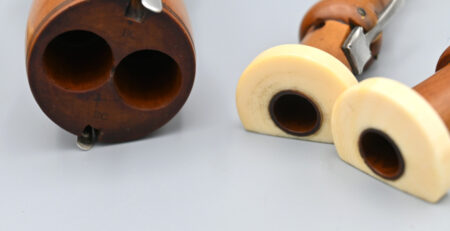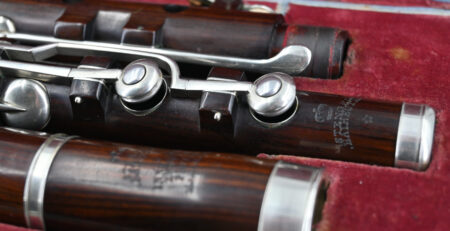Wilhelm LIEBEL and the romantic flute
If you love early flutes, then you must have heard of the great Romantic flute maker, Wilhelm LIEBEL. (Christian) Wilhelm LIEBEL was born in Adorf on 2 November 1793. He was initially trained to make instruments by his father Johann Gottfried LIEBEL (1752-1822) in their home town. Wilhelm continued his journeyman years in Dresden, Berlin and Vienna. He eventually moved back to Dresden in 1823, where he obtained citizens’ rights and founded his own workshop.
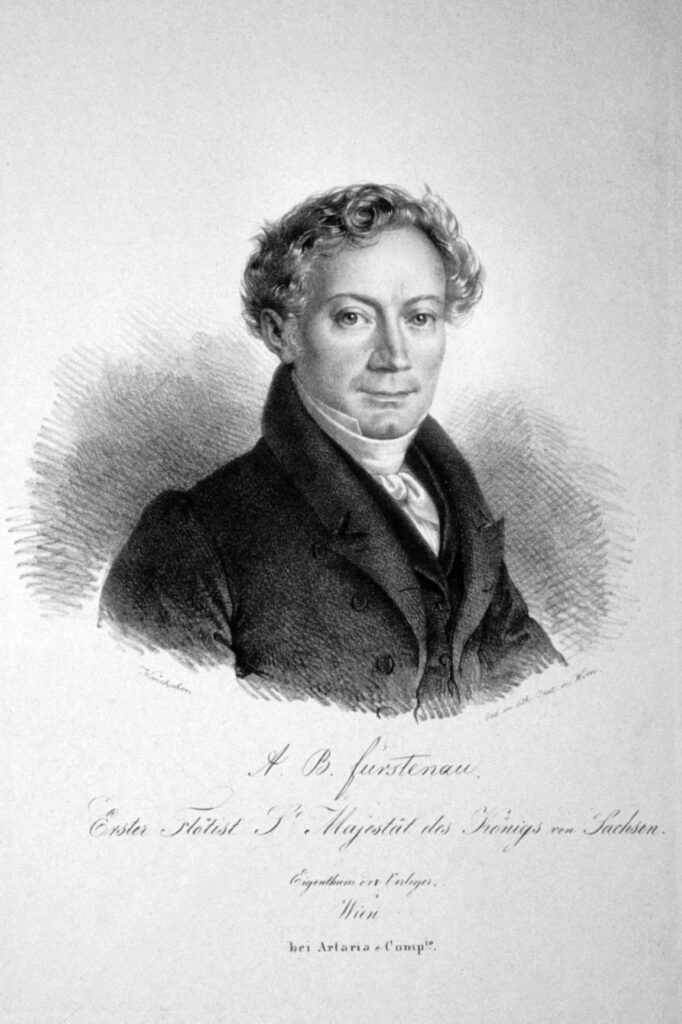
William Liebel would go on to produce woodwinds, including clarinets to a very high level. It was however, his flutes that would make him famous. They were highly esteemed and even recommended by the German flutist and composer (see picture on left) Anton Bernhard FÜRSTENAU (1792-1852), and later also by his son Moritz. Anton Bernhard Fürstenau wrote several pieces about musical styles in addition to several tutors for the flute. ‘Die Kunst des Flötenspiels’ [The Art of Playing the Flute) from 1844 is one of these guides. The tutor explains how to play the classical flute using German and Viennese models. Fürstenau was a passionate supporter of the nine-keyed flute until he passed away.
Yet he was not the only fan of Liebel’s flute – the German flutist Robert FRISCH (1805–1865) ordered at least one too. Frisch was a flutist in Hamburg, Paris and London. He later worked in Exeter and Dublin before, as a band-master in an English cavalry regiment, he died in British India. We know he bought one because there was correspondence between the two when Frisch was in Dublin.
By reading several letters in 1847, we can learn more about the master woodwind maker himself and the instruments he made. He provides advice about the different wood types – advising against ebony because of possible splitting and recommending grenadilla which is less susceptible to cracking. [He adds that he only has wood left for six to eight flutes i.e. Frisch had better hurry up and order one!!!]. Boxwood flutes take longer to make because they must be left in oil to obtain their beautiful appearance. He stresses he can’t reduce the prices because the wood is too expensive. He also suggests, for example, a flute with a metal-lined head joint (like Fürstenau and all the rest of the German players have).
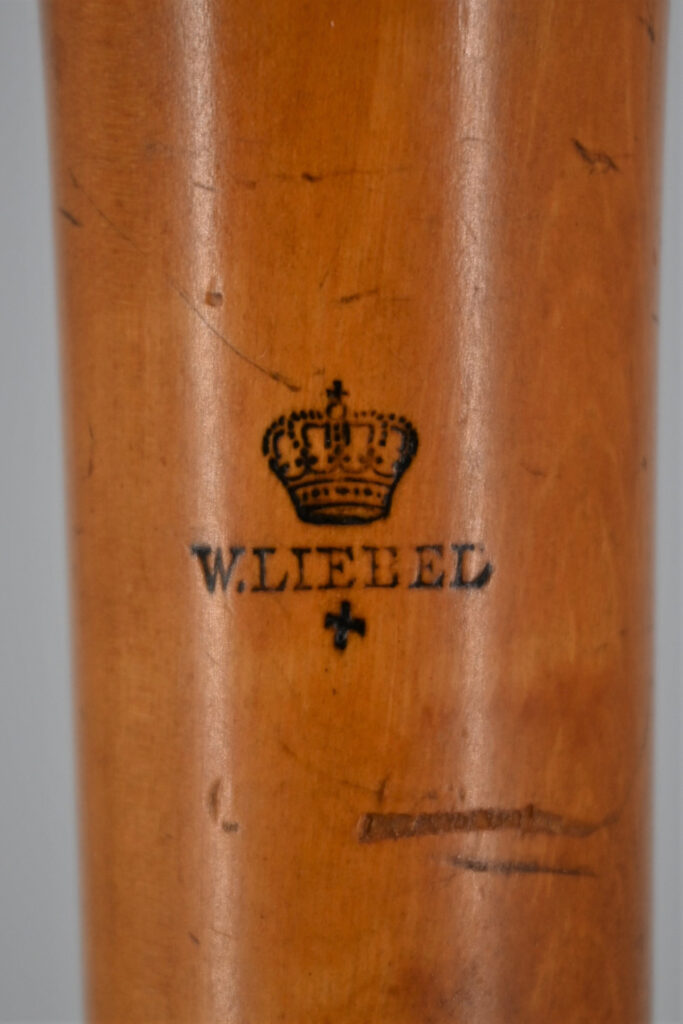


Somewhere along the line, there must have been talk that Liebel had fallen out of Furstenau’s favour, which Liebel categorically defines as just an ‘idle rumour’. There is also a certain fluteplayer called Heinrich SOUßMAN (1776-1848) who must have criticised his flutes, but for whom Liebel says, he has made many flutes.
He provides advice on how to oil the instrument, especially the tuning slide in the head joint. In order to keep it in good working condition, it should be greased or oiled often with very fine oil and rubbed in well so that it does not get sticky or hard. He suggests cork strips on the tenons, which are preferred by Furstenau, Soußman and many other flutists, rather than regular thread.
Frisch decides finally for a grenadilla flute with ten keys including a high D trill key. Liebel lets Furstenau try out the flute beforehand and he is very satisfied with the instrument.
Sadly, very little is known about Liebel’s personal life, other than that he was married. He continued working in his workshop in Kasernenstraße, Dresden for many years. He died a widower and privatier [gentleman of private means -i.e. wealthy and living from his own fortune] on 13 August 1871, aged 77. We can only assume that he had no family successor because in 1873, the workshop was officially owned by Gottlieb Louis ZENCKER (1813-1886). On Zencker’s death in 1886, Heinrich Franz Eduard PINDER, also from Adorf, and a little-known instrument maker in Dresden, would take over the workshop.
